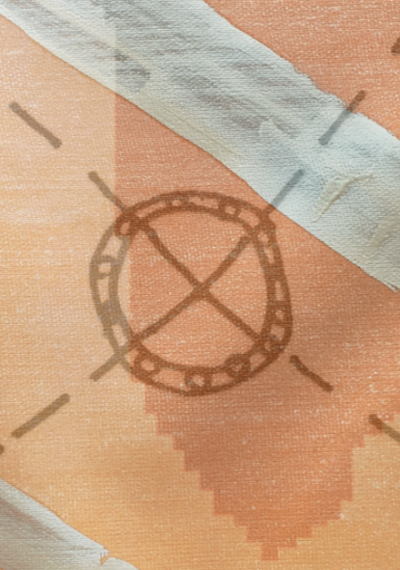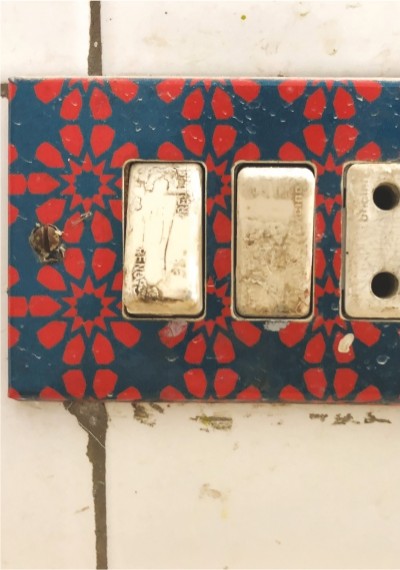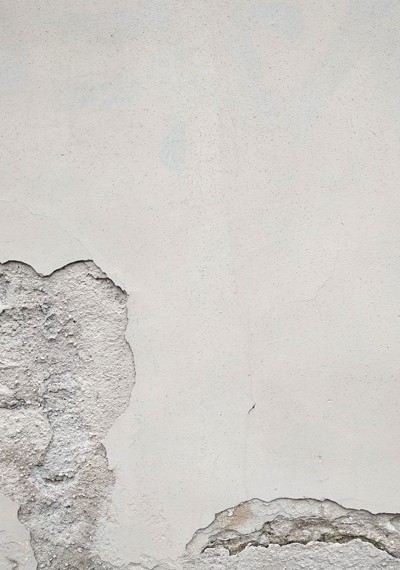DAINIUS LIŠKEVIČIUS
[LT] EPITAFIJA
Parodoje “Epitafija” eksponuojama keletas naujai sukurtų objektų, kurie pristato atskirus pasakojimus trijose galerijos erdvėse. Pagrindiniu parodos naratyvu tampa nomadinis motyvas, pabrėžiantis žmogaus kelionę, išgyvenant politinių režimų ir sistemų kaitą, išlikusią geografiniuose bei asmeniniuose atminties žemėlapiuose. Čia įsipina gyvenimiški autobiografiniai fragmentai, kaip nykstanti asmeninė atmintis, kuri lieka užstrigusi pavieniuose buities daiktuose ar elementuose. Besistengdami neišnykti šie fragmentai persikoduoja į laike besitransformuojančius daiktus, kurie tampa naujais hibridiniais būties artefaktais. Lieka noras kaip pažadas, užmiršti-išsaugoti, prieš galutinai viskam išnykstant, o gal ir ne...
Įžanga
„Jos narių žinių prasmingumas vis dar virpina mano mintis, kai klausausi nuostabios filosofo, Aristotelio pasekėjo, paskaitos apie laiko tęstinumą. Sugeriu visą šią informaciją vienu ypu ir nusišypsau, prisiminusi tą moterį, kuria buvau ir kuri niekada nebūtų supratusi ar rodžiusi susidomėjimo tokiais dalykais, nes jos gyvenime svarbu buvo visai kas kita.“ (Sylvia Browne ir Lidsay Harrison, GYVENIMAS ANAPUS: Aiškiaregės kelionė į pomirtinį pasaulį. Kaunas: Dajalita, 2004)
[EN] EPITAPH
The new-made objects displayed in the exhibition present different stories in the three gallery’s spaces. The main narrative of the exhibit is a nomad motif which emphasises man’s voyage by experiencing the change of political regimes and systems. The change is embedded in the geographical and personal recollection maps. We see here how the autobiographical fragments are intertwined as fading memories that are captured by some household appliances or other elements. In trying to remain present, the fragments rearrange themselves into the objects that constantly keep transforming. Such items become new hybrid artefacts of existence. Remains a wish as a promise, to forget- to keep, before everything eventually disappears or maybe not…
Introduction
“The knowledge they share still resonates through me as I attend a brilliant lecture by an Aristotelian philosopher about the time continuum. I drink it in, stimulated, and smile, remembering and appreciating a woman I once was, who would never have understood or cared about these things, too busy as she was just trying to survive the day.” (Browne, S. & L. Harrison. 2000. Life on the Other Side: A psychic’s tour of the afterlife. London: Hachette.)

Projektą dalinai finansuoja Lietuvos kultūros taryba






